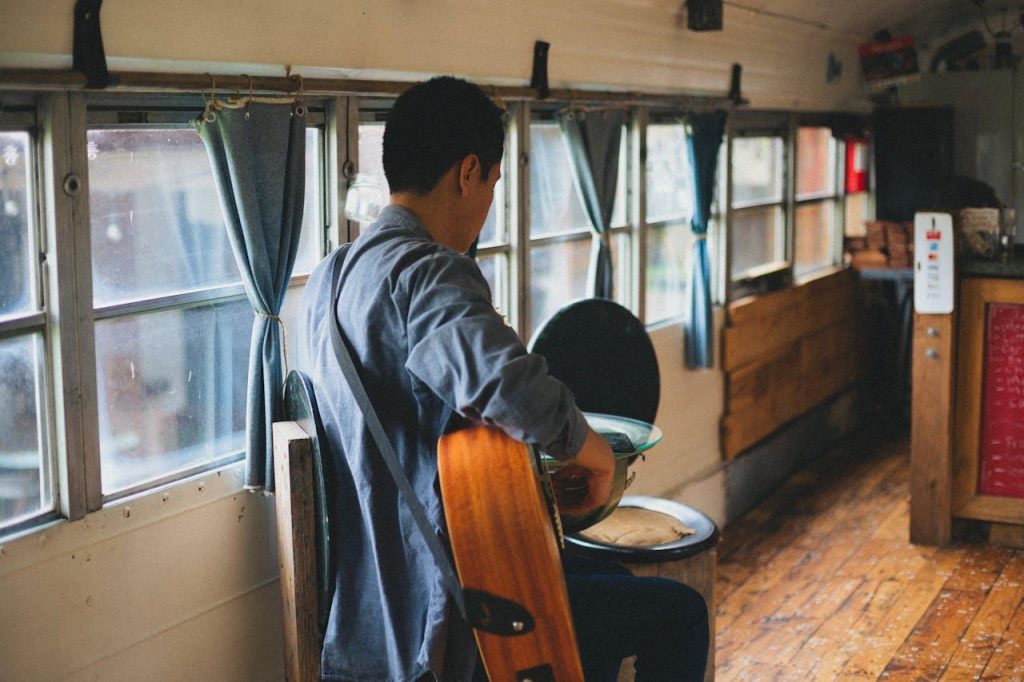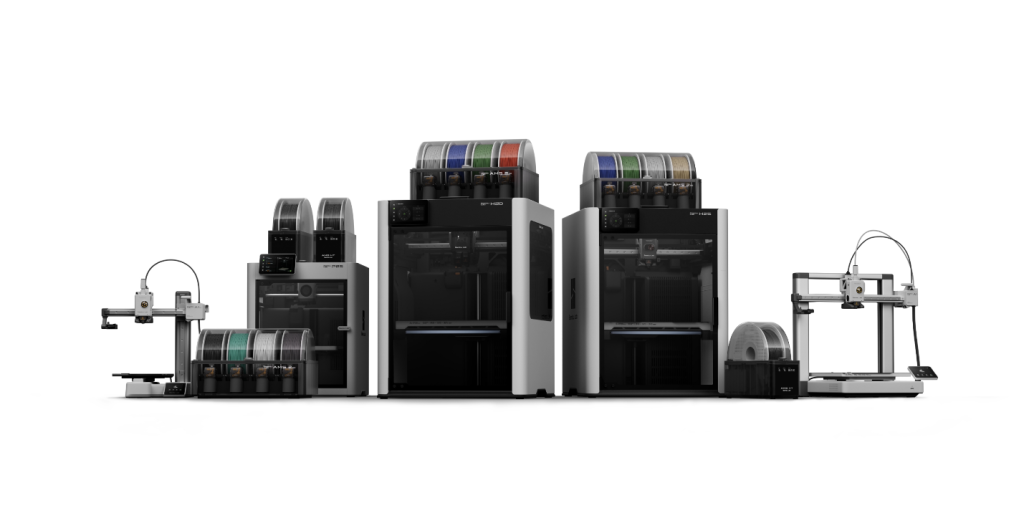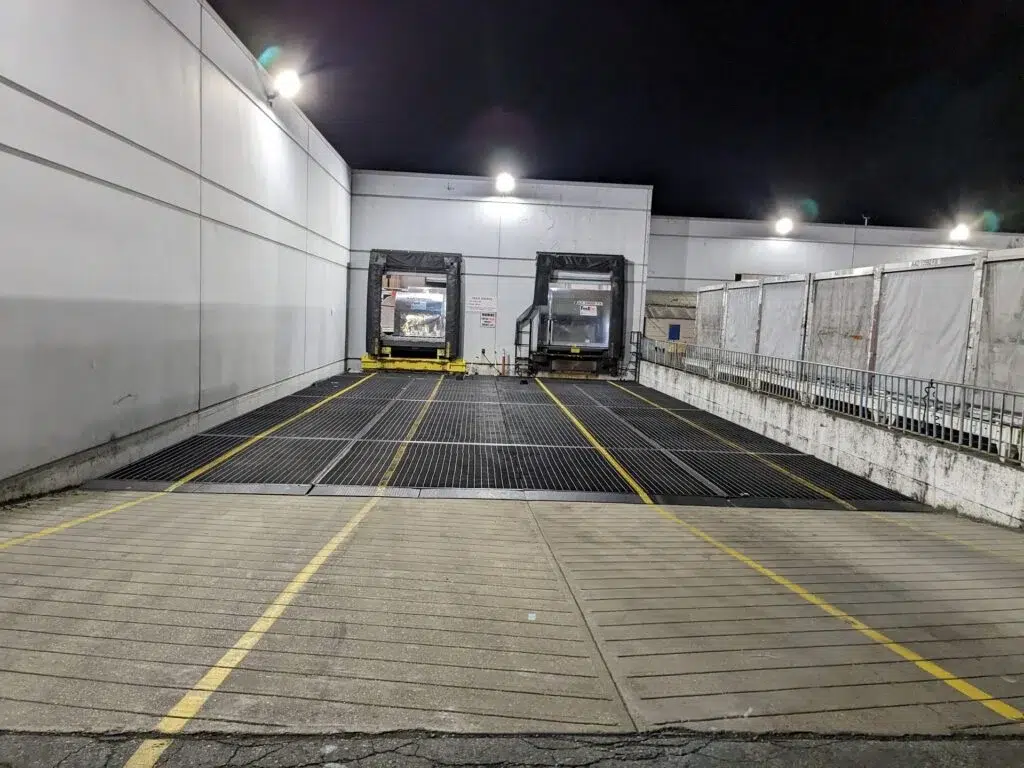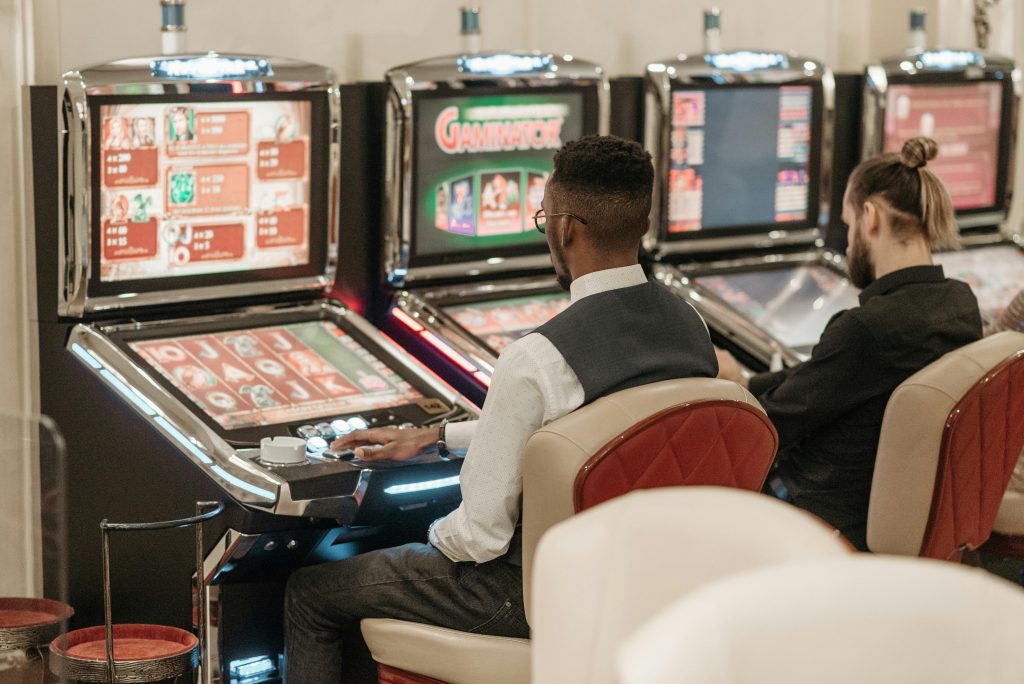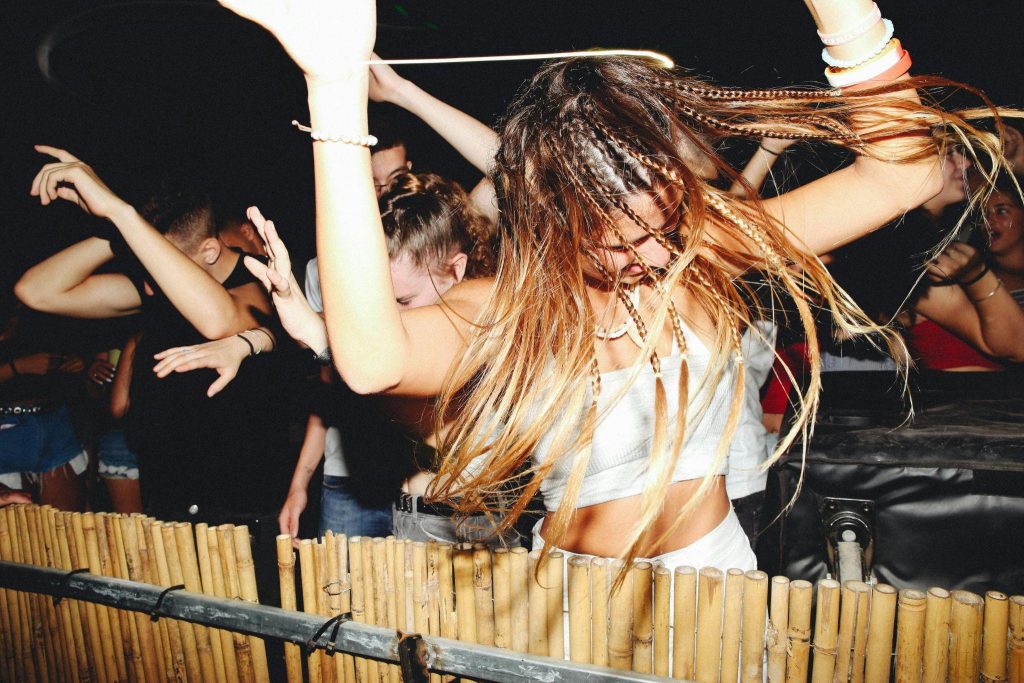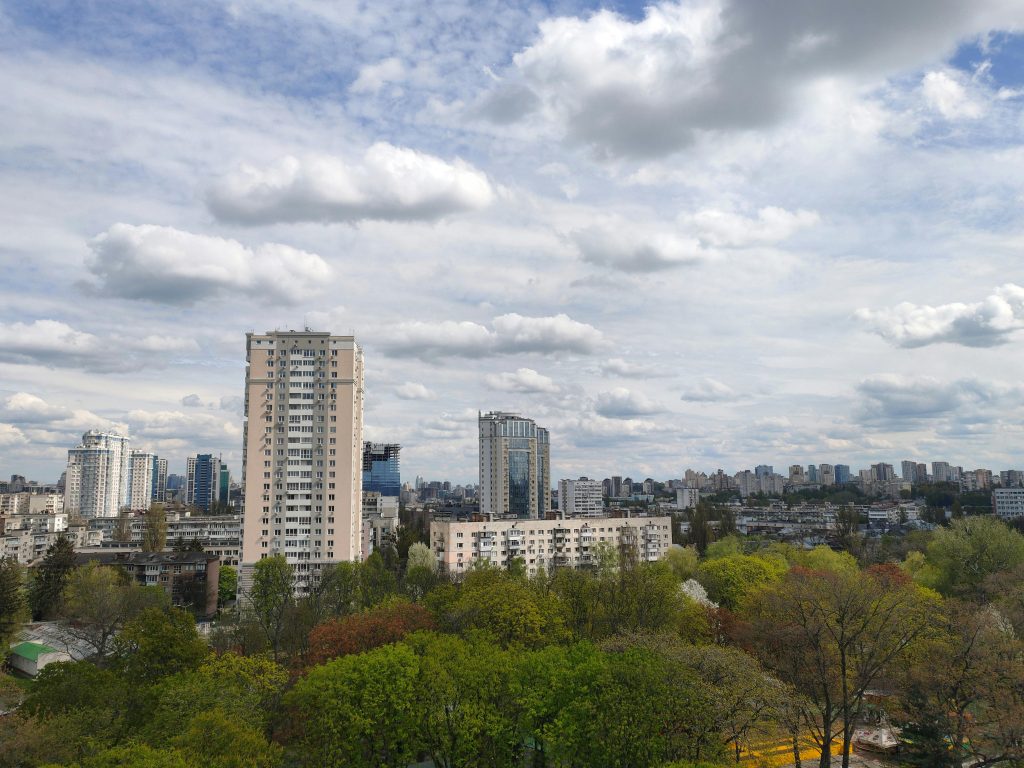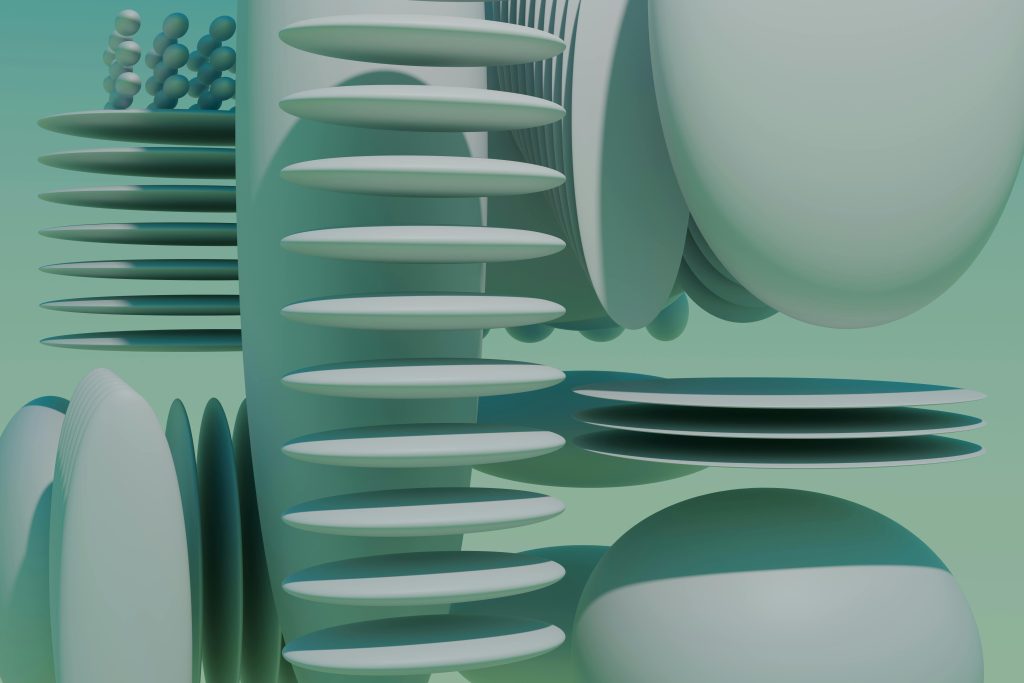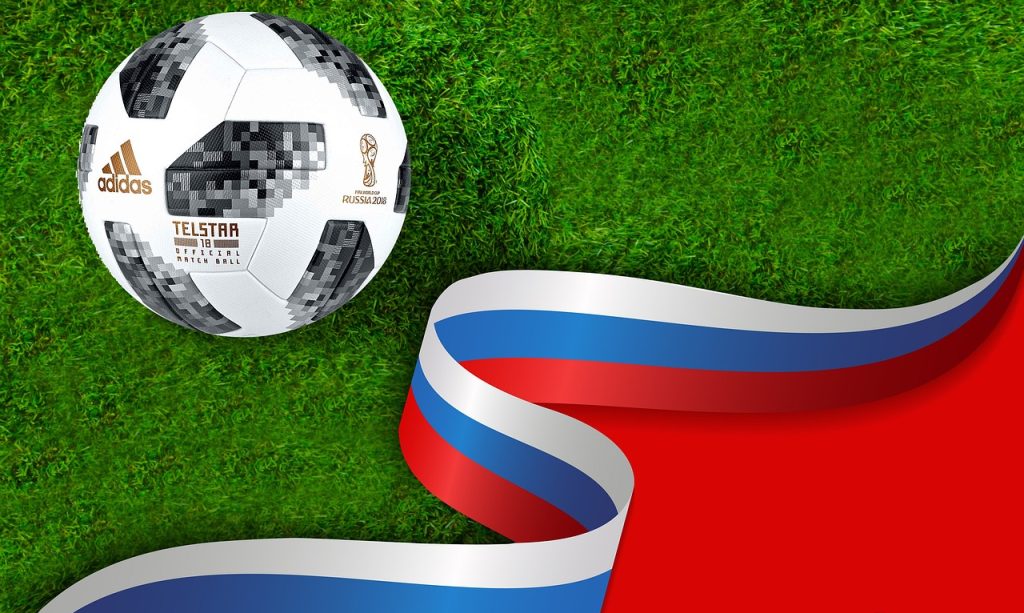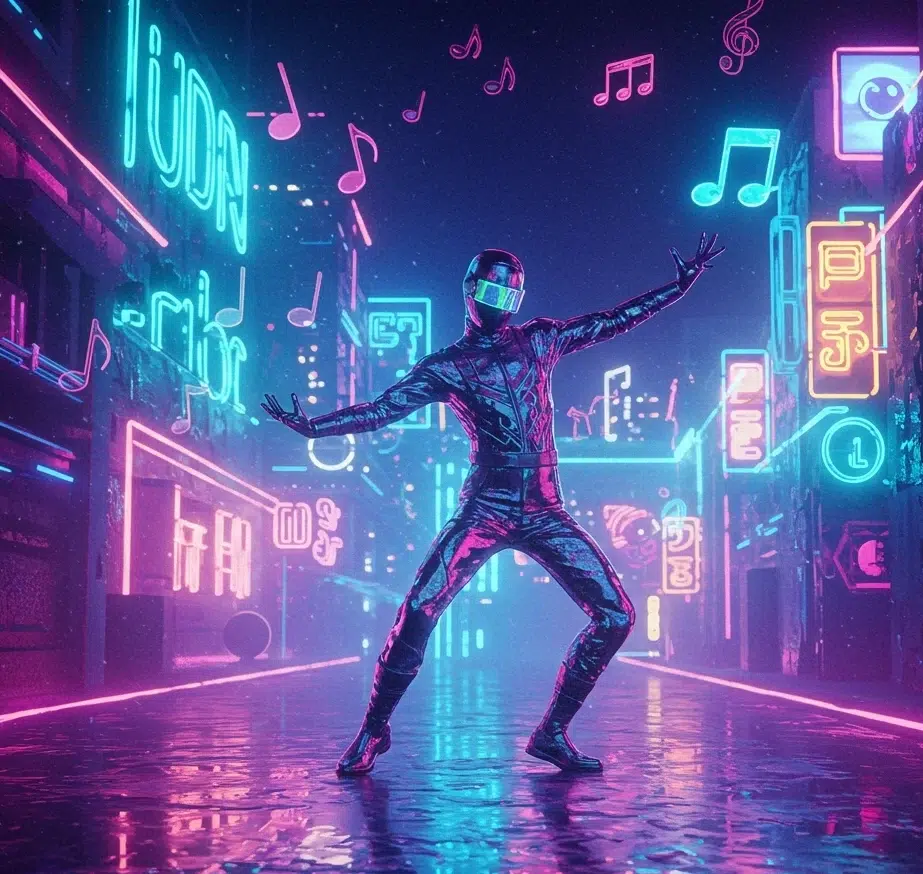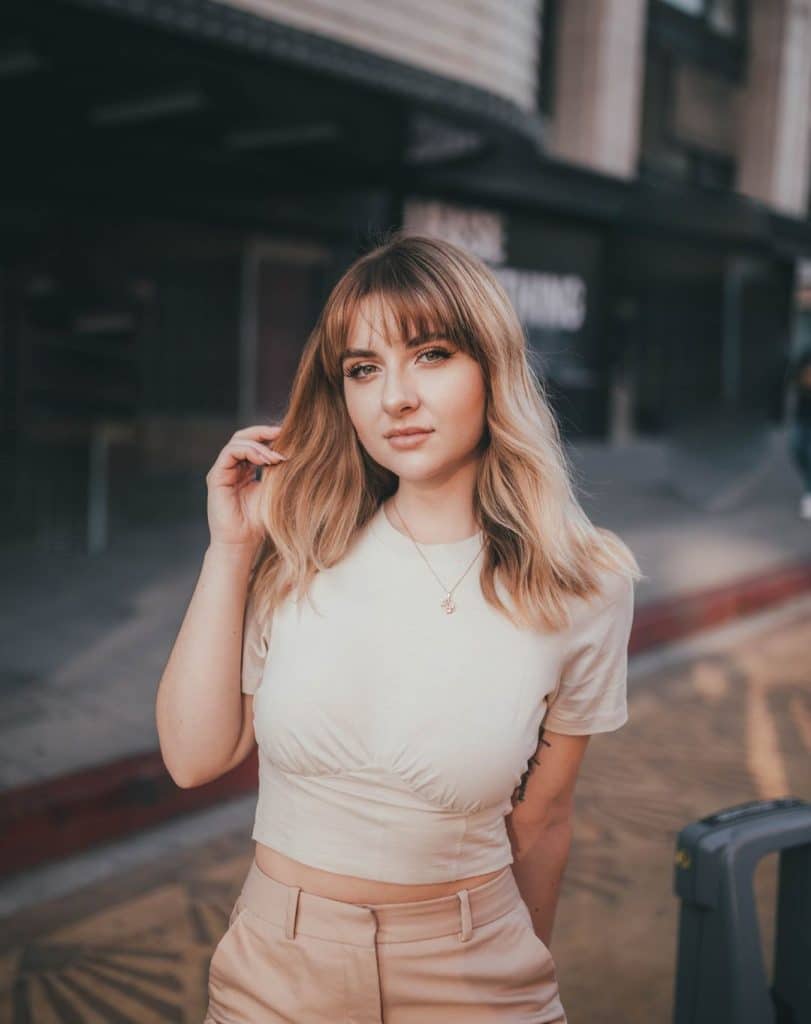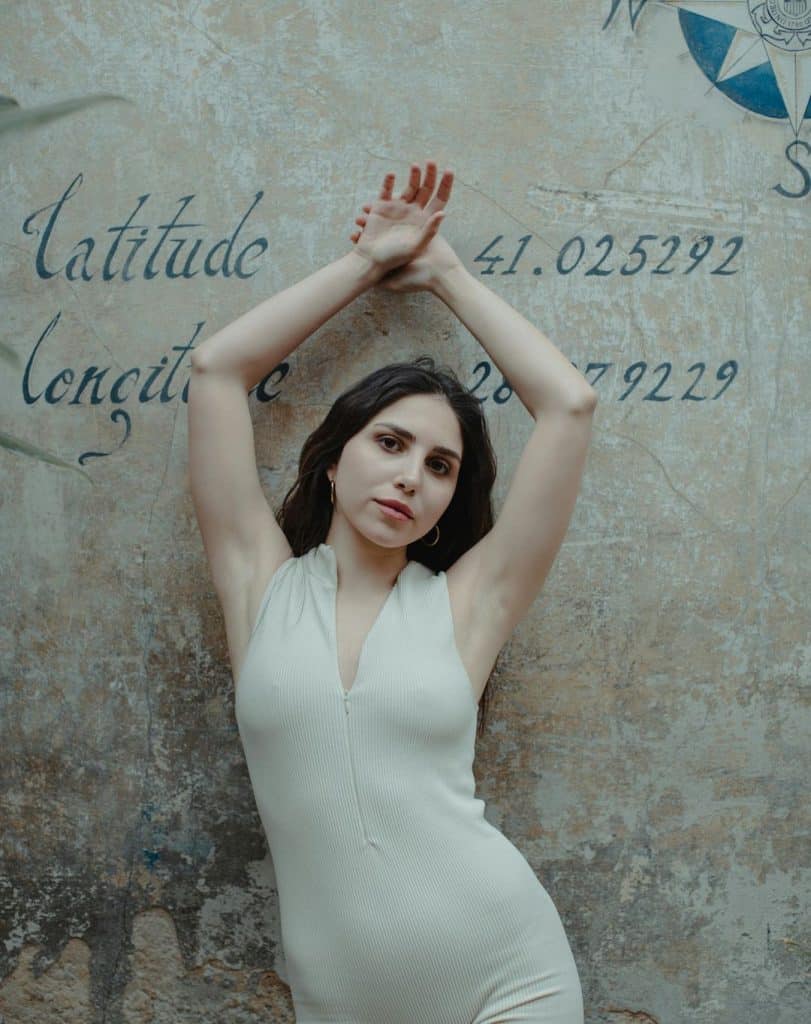On tour, the hour before call time can feel noisy and thin on attention. Many guides to musician pre-show rituals offer nice stories yet skip the mechanics that actually cut friction. This article aims to give actionable advice. Reduce choices, front-load clarity, and build small cues that nudge your brain toward creative flow before gigs. What follows is a practical set of backstage routine ideas you can run on a bus table or in a green room, built from cognitive science and UX thinking.
Musician pre-show rituals start with fewer choices
Decision-making stacks up fast before a set. Rather than “decision fatigue,” think choice overload and cognitive load. The fix is not willpower but design. Treat your pre-show like a product onboarding. Remove steps that force evaluation and keep only actions that increase signal.
Try making a two-column card on a notepad. The left side can list the five non-negotiables that always help you perform. For example, tempo check, mouth or finger warm-ups, two sips of water, 60 seconds of diaphragmatic breathing, one silent run of the opening phrase. The right side can show optional flavor items — one stretch, one joke with the drummer, one lyric glance. You always complete the left column. You choose at most one from the right. This trims choice overload and protects focus rituals musicians can trust.
For gear and wardrobe, use a packing grid you never edit on show days. Tape a tiny “done” square next to each item and tick with a pencil, not an app. Manual ticks slow you just enough to prevent autopilot misses while staying calm. Paper checklists externalize memory and reduce in-the-moment comparisons, which cuts friction. The goal is fewer open loops, not more effort. That is how you lower the cognitive load for performers without adding pressure.
Before call time, find a short way to quiet your head and reset your internal rhythm. Some musicians prefer sketching or tuning; others need something visual to steady their breathing. Opening Bovada poker games for a few relaxed minutes can serve the same purpose. Watch how decisions unfold at an even pace and match your breathing to that rhythm. Framed this way, Bovada poker games become a calm visual anchor that helps you settle your focus, much like listening to a metronome before a show. Keep it brief and low-stakes, more mindfulness than activity.
One of the advantages of this kind of distraction is that it immerses you entirely in something else; you can put all your mental energy into the poker game. Lots of people find this helps to quiet nerves and increase their sense of steadiness.
Next, you can see how that sense of pacing translates to stage presence. In this short Jon Dorenbos video, he performs card tricks while making predictions under time pressure.
Notice how he leaves a beat of silence before each reveal, breathing evenly and keeping his gestures minimal. That pause sharpens audience attention — a cue worth borrowing. Insert a small stillness before your first note or line to ground yourself and project control.
Flow cues you can control on the bus and backstage
1) Breath sets pace. Use 4-4-6 breathing for sixty seconds. Inhale four, hold four, exhale six. Slow nasal, diaphragmatic breathing with slightly longer exhales increases parasympathetic tone and steadies heart-rate variability, which maps to lower arousal and smoother performance focus.
2) One sentence goal. Write a single sentence that describes tonight’s job. For example, “Guide the room to a hush by verse one, then lift the chorus.”
3) Sensory mute. Put on earplugs for ninety seconds, then remove them. The brief silence reduces sensory load and makes the stage ambience feel clearer when you step out.
4) Open-loop sweep. On your phone’s notes, write three words for any worry still in your head. Example, “monitor hiss, uncle in crowd, bridge lyric.” Park it. Your brain stops rehearsing it in the background.
5) Touchstone object. A pick, a coin, a stick of resin. Hold it between steps in your routine. Consistency teaches your body that focus is starting now.
A seven-minute tour-bus sequence
- Start a silent five-minute timer.
- Tick the left column non-negotiables. Breathe, water, opening phrase, tempo tap, warm-up.
- Run the cadence drill you prefer, including the two-second stillness practice.
- Do exactly one optional flavor item. Keep it fun.
- Write the one-sentence goal.
- Close with a 10-second posture set. Feet grounded, shoulders low, jaw soft.
- End the timer and stand. No scrolling or new inputs until side-stage.
This sequence prevents drift, which is the main enemy of focus, not nerves. By fixing the order and limiting choices, you buy back margin for expression.
Backstage routine ideas that scale with venues
Small rooms and festivals stress attention in different ways. In clubs, noise is close and the changeover is quick. Use micro rituals you can compress to ninety seconds. In festivals, distance and delay can drain your focus. Extend breath and stillness, then walk the stage edges to map sightlines. Keep the same left-column card in both contexts so your body recognizes the pattern.
If you work with tracks or click, put a “no last-minute tweaks” boundary inside your routine. You can capture adjustments for tomorrow, not today. This is the creative version of freezing a release before shipping it. It avoids late friction that bleeds attention.
Why this works
Research shows cognitive load can affect your emotions significantly. Reducing choice volume lowers mental load and preserves self-control. UX guidance on choice architecture maps neatly to pre-show design because both aim to remove friction at moments that matter. Flow research also suggests that clear goals, immediate feedback, and a balance between challenge and skill increase the odds of entering a useful attentional state, though “flow” itself varies by person and task. Your routine builds those inputs on purpose, rather than hoping they appear.


